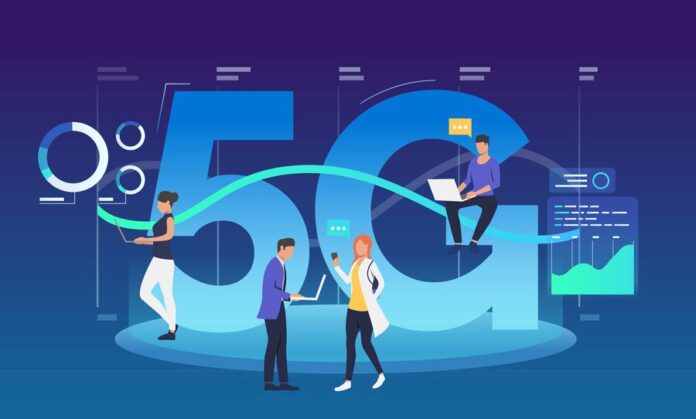Thailand, a Southeast Asian nation known for its vibrant culture and tourism, has been actively embracing technological advancements to drive economic growth and improve quality of life. One such advancement is the deployment of 5G networks, a transformative technology that promises to revolutionize various industries. The heart of any 5G network lies in its core solution, a complex system that manages and controls the flow of data. This article explores the significance of 5G core solutions in Thailand and the potential benefits they offer.
Understanding 5G Core Solutions
A 5G core solution is the central nervous system of a 5G network. It consists of various components, including:
User Plane Function (UPF): Handles the data plane, responsible for forwarding and switching data packets between devices.
Control Plane Function (CPF): Manages the control plane, responsible for establishing connections, authentication, and resource allocation.
Network Slice Manager (NSM): Enables the creation and management of virtual network slices, tailored to specific use cases and requirements.
AMF (Access Management Function): Handles user registration, authentication, and session management.
SMF (Session Management Function): Manages user sessions, including bearer establishment, modification, and release.
These components work together to ensure efficient and reliable data transmission, supporting a wide range of 5G applications.
Benefits of 5G Core Solutions in Thailand
The deployment of 5G core solutions in Thailand offers several significant benefits:
Enhanced Connectivity: 5G provides faster download and upload speeds, lower latency, and greater capacity compared to previous generations of mobile networks. This enables seamless connectivity for a wide range of devices, from smartphones and tablets to IoT sensors and autonomous vehicles.
Industrial Internet of Things (IIoT): 5G’s low latency and high reliability make it ideal for supporting IIoT applications. Manufacturing plants can leverage 5G to connect machines, sensors, and robots, enabling real-time data exchange, predictive maintenance, and automated processes.
Smart Cities: 5G can power smart city initiatives by connecting various devices and infrastructure components. This includes intelligent transportation systems, smart grids, public safety solutions, and environmental monitoring.
E-health: 5G can enable remote healthcare services, such as telemedicine consultations, remote patient monitoring, and robotic surgery. This can improve access to healthcare, especially in rural areas.
Entertainment and Gaming: 5G’s high bandwidth and low latency can deliver immersive gaming experiences, Digital Work, high-quality video streaming, and augmented reality applications.
Challenges and Opportunities
While the potential benefits of 5G core solutions are significant, there are also challenges to consider. These include the high cost of infrastructure deployment, security concerns, and the need for skilled professionals to manage and maintain 5G networks. However, the Thai government and private sector are actively working to address these challenges and capitalize on the opportunities presented by 5G.
In conclusion, 5G core solutions are poised to play a crucial role in Thailand’s technological landscape. By enabling faster speeds, lower latency, and greater capacity, 5G can drive innovation, improve efficiency, and enhance the quality of life for citizens. As Thailand continues to invest in 5G infrastructure, it is well-positioned to reap the rewards of this transformative technology.



